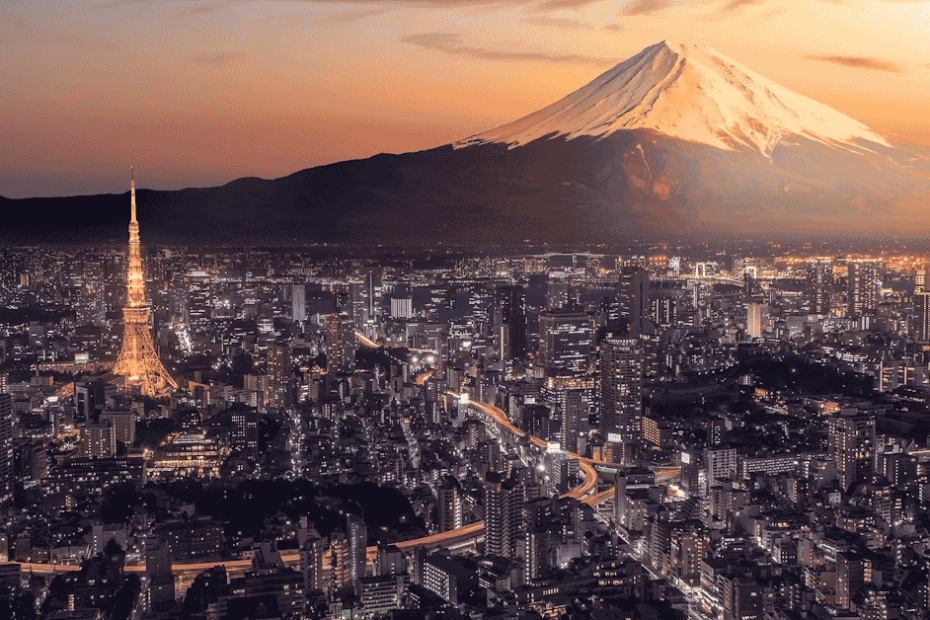Tokyo, a city where tradition meets ultramodern innovation, offers an unparalleled experience in just 48 hours. From serene temples to bustling markets, there’s something for everyone. I’ve crafted a 2-day itinerary that captures the essence of this vibrant metropolis, ensuring you don’t miss out on its iconic sights and hidden gems.
Whether you’re a history buff, a foodie, or a shopaholic, this guide will help you navigate Tokyo’s diverse neighborhoods and cultural landmarks. Get ready to immerse yourself in the heart of Japan’s capital, making the most of every moment in this dynamic city.
Key Takeaways
- Tokyo is a perfect blend of tradition and modernity, making it ideal for diverse interests, including history, food, and shopping.
- Efficient public transportation, including the metro system and various bus routes, makes navigating the city easy and stress-free.
- Key cultural sites like Sensō-ji Temple, Meiji Shrine, and neighborhoods such as Shibuya and Shinjuku showcase Tokyo’s rich heritage and vibrant atmosphere.
- Unique experiences like themed cafes, sumo wrestling matches, and cherry blossom viewing offer a distinctive Tokyo experience.
- Strategic planning, such as splitting days between different areas and maximizing early mornings, ensures an efficient and fulfilling 2-day trip.
- Tokyo’s safety, cleanliness, and accessibility for foreign visitors contribute to a comfortable and enjoyable travel experience.
Why Choose Tokyo For A Short Trip
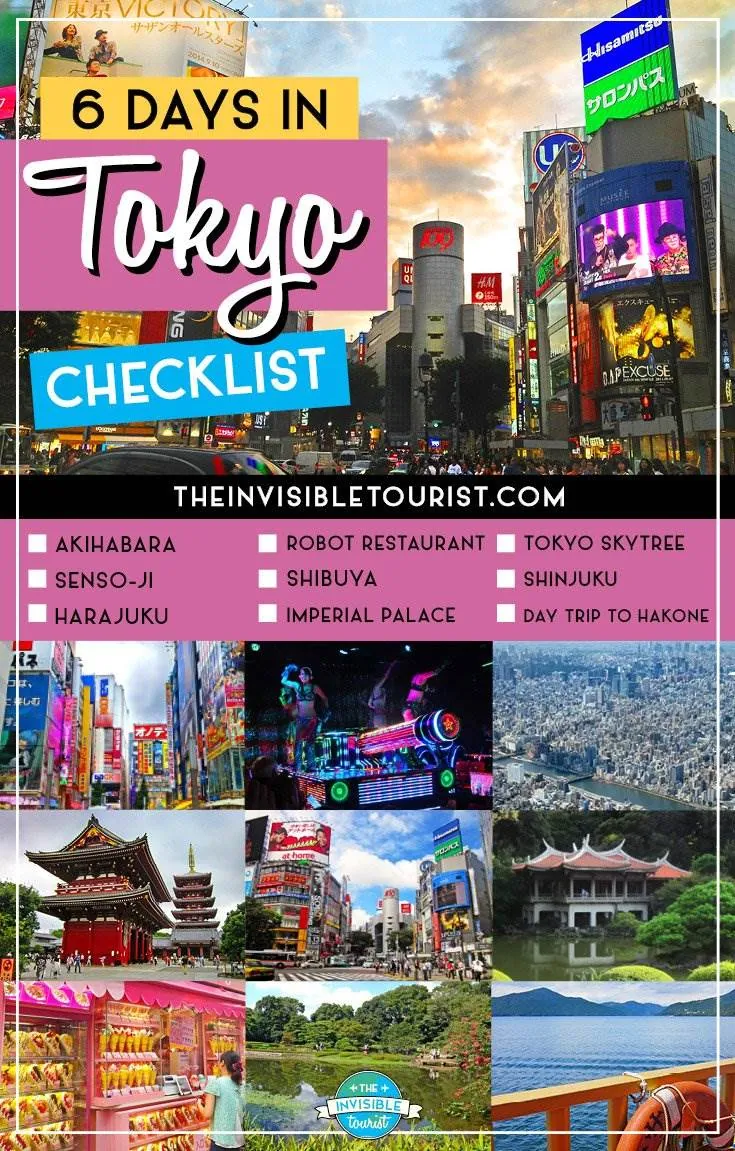
Efficient Transportation
Tokyo’s public transportation is among the best globally, offering a seamless travel experience. The metro system, with its color-coded lines and English signage, ensures easy navigation. During my trips, I found I could move from one attraction to another without any hassle. The city also boasts numerous bus routes and the Yamanote Line, which connects major districts. For those considering a short stay, efficient transit saves time and reduces stress.
Rich Cultural Experience
Tokyo is a city where tradition meets modernity, providing a diverse cultural experience. Historic sites like the Senso-ji Temple in Asakusa and the Meiji Shrine in Shibuya offer glimpses into Japan’s rich heritage. On one of my visits, walking through the serene gardens of Ueno Park felt like stepping back in time. In contrast, areas like Shinjuku and Harajuku showcase the city’s contemporary vibe with skyscrapers and cutting-edge fashion. This blend allows visitors to experience both historical and modern elements in a short span.
Food and Shopping
Tokyo’s culinary scene is unmatched, ranging from traditional sushi to modern fusion dishes. I remember savoring ramen in a small alley in Shibuya and enjoying a sushi breakfast at the renowned Tsukiji Market. Besides food, Tokyo is a shopping haven. Districts like Ginza and Akihabara offer everything from high-end brands to electronics. With such variety, visitors can indulge in both gastronomic delights and retail therapy.
Vibrant Atmosphere
Tokyo’s energy is contagious, making it an exciting destination for a quick getaway. Streets buzz with activity, from the famous Shibuya Crossing to the bustling Nakamise Shopping Street. During my visits, I always admired how the city pulsates with life, regardless of the hour. Festivals, street performances, and spontaneous events add to the dynamic atmosphere, ensuring there’s never a dull moment.
Accessibility for Foreign Visitors
Even though being a sprawling metropolis, Tokyo is very accessible for foreign visitors. The city caters to international tourists with multilingual signs, information centers, and helpful locals. On my first trip, I was pleasantly surprised by the availability of English maps and guides. Also, cashless payments and Wi-Fi hotspots are widely available, making navigation and transactions convenient.
Safety and Cleanliness
Tokyo ranks high in safety and cleanliness, enhancing the travel experience. The city’s low crime rate allows solo travelers to explore comfortably. I always felt secure wandering around, even late at night. Clean streets and well-maintained public facilities further contribute to Tokyo’s appeal for a short trip.
Unique Experiences
Tokyo offers unique experiences that can’t be found elsewhere. Whether it’s dining at themed cafes, visiting an owl cafe, or soaking in an onsen, there’s always something novel to try. One memorable experience for me was attending a sumo wrestling match, a unique cultural event. These distinct activities ensure that even a short trip leaves lasting memories.
Efficient Planning and Execution
Given Tokyo’s diverse offerings, a well-planned itinerary maximizes the short trip. Utilizing efficient transportation, exploring rich cultural sites, indulging in culinary delights, and enjoying unique experiences create an unforgettable journey. With careful planning, visitors can cover major attractions without feeling rushed or overwhelmed.
Tokyo’s unique blend of tradition and modernity, efficient transit, rich culture, and vibrant atmosphere make it an ideal destination for a short trip, ensuring a memorable and enriching experience.
Day 1: Exploring The Heart Of Tokyo

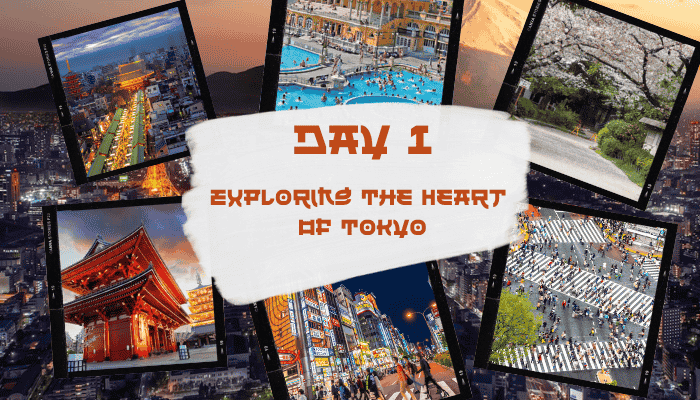
Morning: Visit Sensō-ji Temple
Located in the historic Asakusa district, Sensō-ji Temple stands as Tokyo’s oldest and most significant Buddhist temple. I started my morning with the iconic Kaminarimon, the Thunder Gate, which held the colossal red paper lantern emblazoned with thunder characters. Walking down Nakamise Shopping Street, I found a variety of traditional snacks like ningyo-yaki (small red bean cakes) and souvenirs such as folding fans and yukata (summer kimonos).
Arriving at the main hall, I was struck by the architectural beauty and the serene atmosphere. The incense burner in front of the hall offers visitors a chance to purify themselves by wafting the smoke over their bodies. Don’t miss the opportunity to draw your fortune slip, or omikuji, for a glimpse into what the future holds. Sensō-ji Temple provides a rich introduction to Japan’s spiritual heritage and traditional life.
Afternoon: Discover Asakusa And Sumida Park
From Sensō-ji Temple, the surrounding Asakusa neighborhood offers a deeper jump into Tokyo’s traditional culture. Walking through the streets, I encountered retro charm with shops selling kimonos, traditional crafts, and delicious street food like taiyaki (fish-shaped pancakes). The nearby Hanayashiki, Japan’s oldest amusement park, provided a nostalgic atmosphere with vintage rides and games.
A short walk brought me to Sumida Park, which stretches along the Sumida River. Here I relaxed, enjoying breathtaking views of the Tokyo Skytree, a prominent feature on the skyline. The park, famous for its cherry blossoms in spring, also offered a serene escape from the city’s bustle. It’s perfect for a leisurely stroll, photography, or a riverside picnic.
Evening: Experience Shibuya Crossing And Shinjuku
As evening approached, I ventured to Shibuya to experience the world-renowned Shibuya Crossing. Standing at this bustling intersection with hundreds of people crossing simultaneously created an exhilarating feeling. The area around Shibuya offers numerous shopping spots, such as the iconic Shibuya 109 mall, and dining options from sushi to ramen.
Later, I headed to Shinjuku, another vibrant part of Tokyo known for its nightlife. The illuminated cityscape, neon lights, and bustling streets presented a different side of Tokyo. Kabukicho, Tokyo’s red-light district, provided an array of entertainment, from karaoke bars to themed cafes. Observing the contrast between Shibuya’s modernity and Shinjuku’s eclectic mix, I felt the essence of Tokyo’s unique blend of tradition and modernity.
Day 2: Modern And Traditional Tokyo
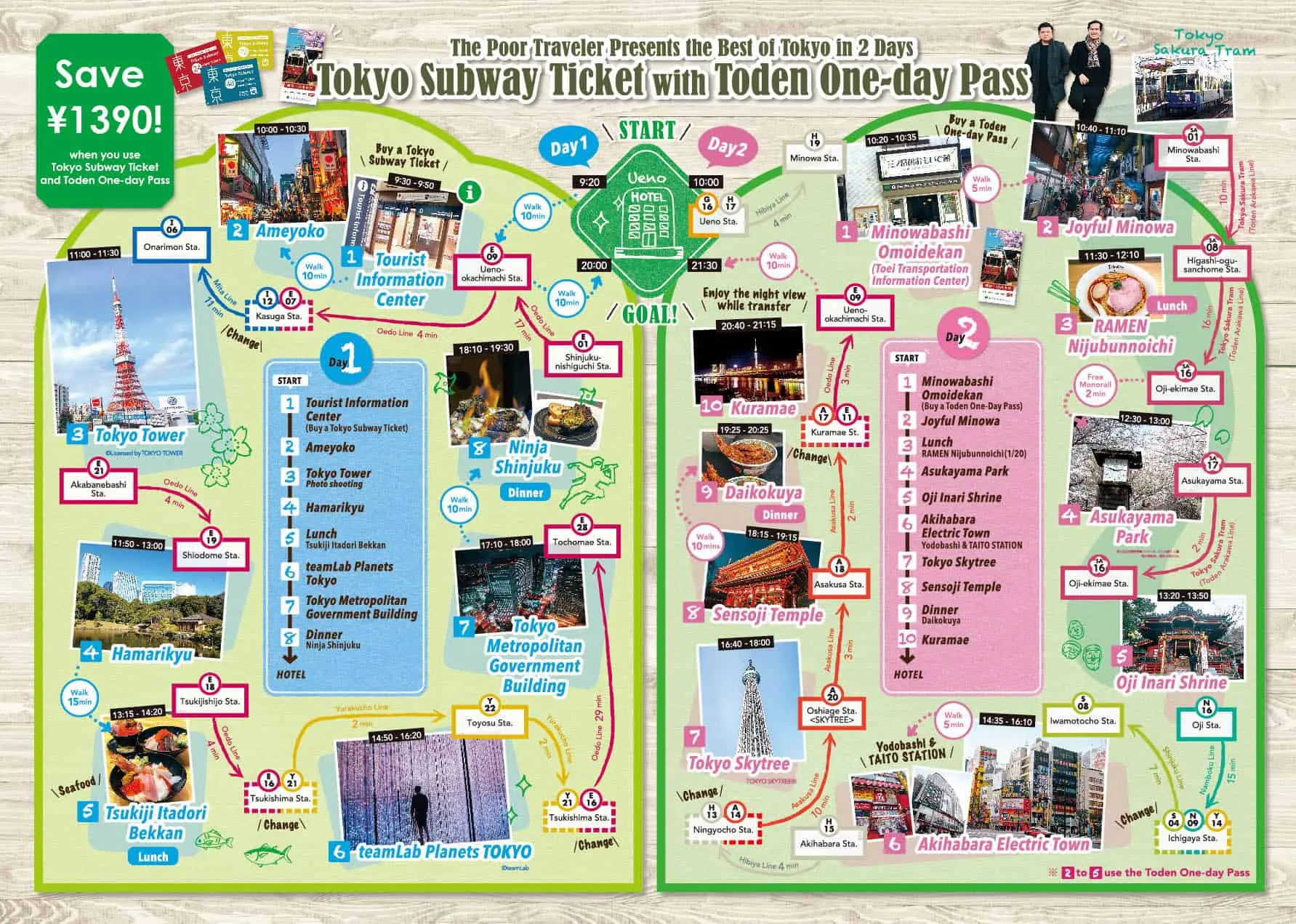
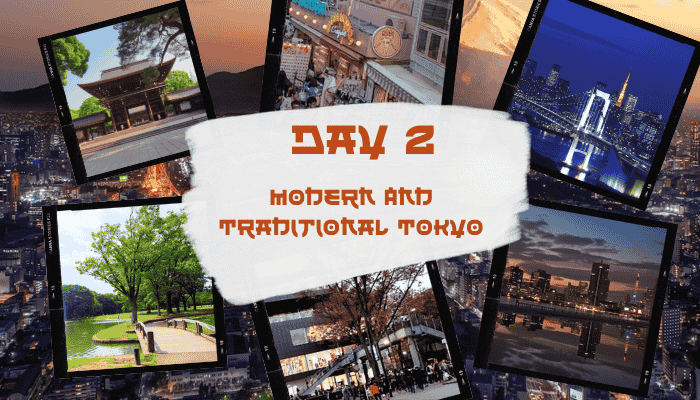
Tokyo’s unique mix of tradition and modernity shines through in various districts. Today, we’ll explore serene shrines, bustling shopping areas, and scenic waterfronts.
Morning: Stroll Through Meiji Shrine And Yoyogi Park
At 9:00 AM, start the day at Meiji Shrine, a Shinto shrine dedicated to Emperor Meiji and Empress Shoken. The shrine, situated in a tranquil forest, offers a peaceful escape from the city’s hustle. Wander the paths lined with towering trees, and experience a moment of calm and reflection.
At 10:00 AM, head to adjacent Yoyogi Park. Known for its vast green spaces, Yoyogi Park is perfect for a leisurely stroll. In spring, the park bursts with cherry blossoms, making it a picturesque spot. Spend some time enjoying the natural beauty before moving on to the next destination.
Afternoon: Shop In Harajuku And Omotesando
At 11:30 AM, make your way to Harajuku, a haven for fashion enthusiasts. The district is famous for its quirky street styles and eclectic shops. Explore Takeshita Street, where you can find everything from colorful clothing to unique accessories.
Around 1:00 PM, transition to Omotesando, a tree-lined avenue known for its upscale boutiques and chic cafes. Take a break for lunch at one of the many stylish restaurants offering an array of Japanese cuisine. The contrasting atmospheres of Harajuku and Omotesando highlight Tokyo’s diverse fashion sense.
Evening: Enjoy Odaiba And Tokyo Bay
In the evening, head to Odaiba, a futuristic entertainment hub located on a man-made island in Tokyo Bay. Odaiba offers stunning views of the waterfront, making it an ideal spot to unwind as the sun sets. Attractions include the digitally immersive teamLab Borderless museum and the iconic Rainbow Bridge.
Stroll along the Seaside Park, take a ride on the Ferris wheel, or enjoy shopping at DiverCity Tokyo Plaza. Wrap up the evening with a relaxing dinner at one of Odaiba’s waterfront restaurants, offering a perfect blend of modern attractions and serene Bay views.
Tips For Making The Most Of Your 2-Day Itinerary
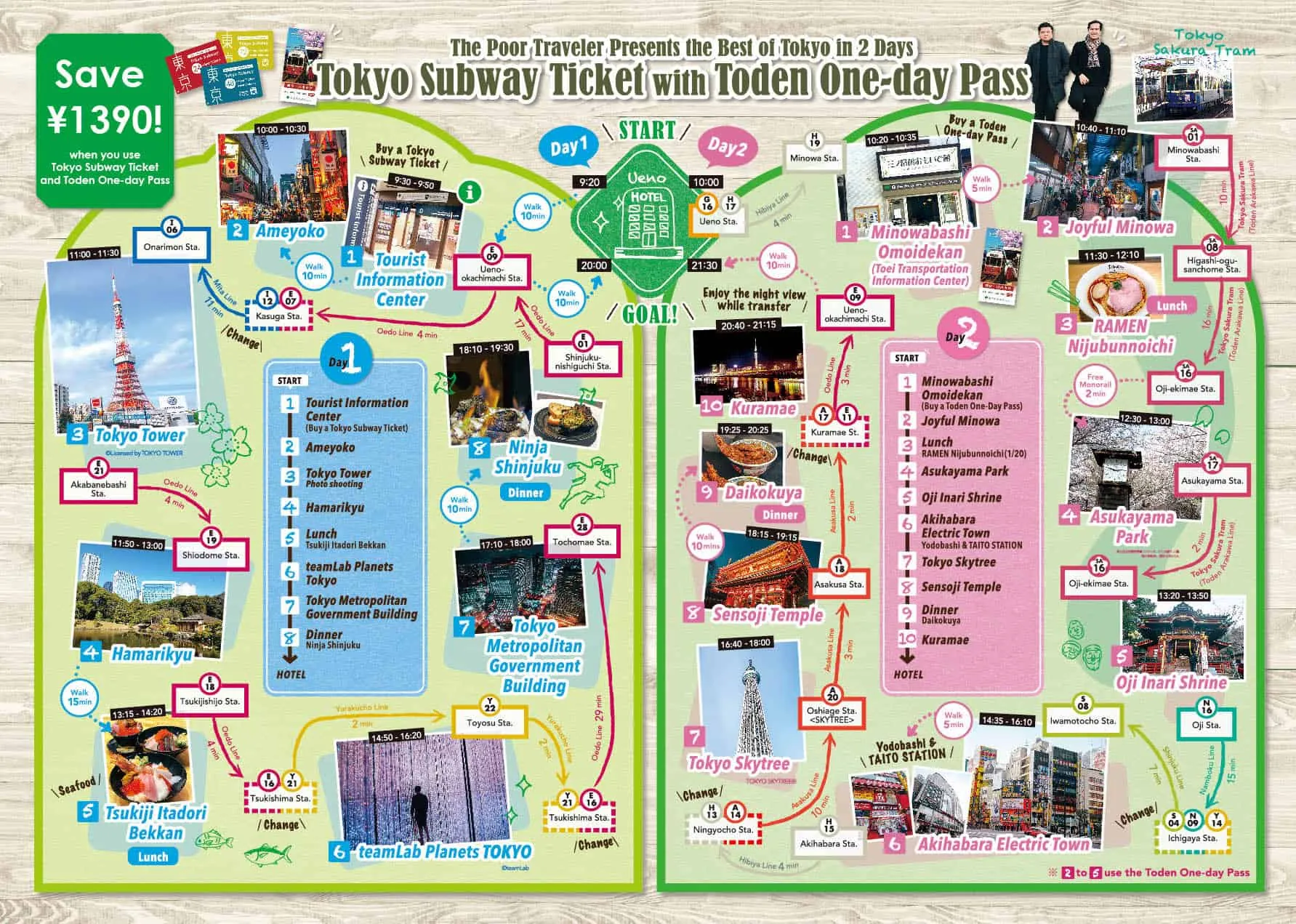
Split Your Days By Area
Dividing your time between West Tokyo and East Tokyo optimizes sightseeing. On Day 1, focus on West Tokyo with areas like Shibuya and Shinjuku. Day 2 can explore East Tokyo, including Asakusa and Ueno. This strategy reduces travel time, letting you experience more attractions efficiently.
Plan Ahead For Shinjuku Station
Exploring Shinjuku Station can feel overwhelming. I recommend using Google Maps to map out your route in advance. The station is one of the busiest in the world, so planning saves time and avoids confusion. Look for clear signage and don’t hesitate to ask station staff if you need assistance.
Use Public Transportation
Tokyo’s public transportation system is efficient and straightforward. Use the Keisei Skyliner for quick access from Narita Airport to central Tokyo. Within the city, the Asakusa Line and Yamanote Line connect key attractions. Buy a prepaid IC card like Suica or Pasmo to streamline your transit.
Visit Iconic Landmarks
Tokyo boasts numerous iconic landmarks that deserve a spot on your itinerary. Visit Senso-ji Temple in Asakusa to immerse yourself in historical Tokyo. The Tokyo National Museum in Ueno showcases Japan’s rich cultural heritage. For panoramic city views, head to the Tokyo Metropolitan Government Building in Shinjuku. These landmarks offer deep cultural insights and stunning experiences.
Experience Local Culture
Investigate into Tokyo’s vibrant local culture by exploring street markets and trying traditional foods. In Asakusa, Nakamise Shopping Street offers a glimpse of old Tokyo with stalls selling snacks and souvenirs. In Tsukiji, the outer market is perfect for sampling fresh sushi. Wander through side streets in neighborhoods like Harajuku, where you can discover unique boutiques, cafes, and street art. This firsthand exploration enriches your itinerary.
Maximize Sightseeing Time
To maximize sightseeing time, start your days early. Major attractions are often less crowded in the morning. Use apps like Hyperdia for train schedules to help time your visits efficiently. Many temples and museums have specific opening hours, so align your itinerary accordingly to avoid long waits.
Prepare For Diverse Weather
Tokyo’s weather can be unpredictable. Pack layers to adapt to changes throughout the day. Spring and fall are mild, making them ideal for exploring. Summer can be hot and humid, so carry water and wear light clothing. In winter, Tokyo can be chilly but not extreme, so a medium-weight jacket suffices.
Leverage Local Expertise
Consider joining guided tours for deeper insights into Tokyo’s history and culture. Many tours are available for landmarks like the Imperial Palace or themed tours around contemporary areas like Akihabara. Local guides provide intriguing stories and details you might miss on your own.
Enjoy Tokyo’s Nightlife
Tokyo’s nightlife is diverse and vibrant. In Shinjuku, the Golden Gai District offers unique bars with various themes. Roppongi is known for its upscale clubs and international vibe. Odaiba provides a different experience with its waterfront attractions lit up at night. Blend these evening activities into your itinerary for a complete Tokyo experience.
Stay Connected
Staying connected is essential for smooth navigation and communication. Rent a portable Wi-Fi device or buy a local SIM card upon arrival. This connectivity allows for real-time map usage, translations, and keeping in touch with fellow travelers or guides.
By following these tips, you’ll ensure a well-rounded and enriching 2-day itinerary in Tokyo.
Conclusion
Tokyo’s a city that effortlessly blends the old with the new. Whether you’re marveling at the historic Sensō-ji Temple or getting lost in the vibrant streets of Harajuku there’s something for everyone. Efficient use of public transportation and strategic planning can make your 2-day visit both exciting and seamless.
Don’t forget to jump into the local culture by exploring markets and tasting authentic Japanese cuisine. With a bit of preparation you can maximize your sightseeing and truly experience the essence of Tokyo. Enjoy your adventure in this dynamic metropolis!
Frequently Asked Questions
What are the must-visit places on Day 1 of the Tokyo itinerary?
Day 1 focuses on Tokyo’s traditional and modern attractions, including Sensō-ji Temple, Shibuya Crossing, and Shinjuku’s nightlife scene. These destinations offer a mix of cultural heritage and vibrant city life.
What does Day 2 of the 2-day Tokyo itinerary cover?
Day 2 includes Meiji Shrine, Yoyogi Park, Harajuku, Omotesando, and Odaiba. This day highlights Tokyo’s serene spots and trendy neighborhoods, offering a well-rounded exploration of the city.
How should travelers plan their days to maximize sightseeing?
Travelers should divide their days by area to minimize travel time and maximize sightseeing. Efficient use of public transportation is key to covering more attractions within limited time.
What are some useful tips for navigating Shinjuku Station?
Shinjuku Station is one of the world’s busiest transportation hubs. Plan to spend extra time navigating it, use clear signage, and consider downloading a navigation app to avoid getting lost.
How can one make the most of Tokyo’s public transportation?
Purchase a prepaid IC card (like Suica or Pasmo) for convenient travel on Tokyo’s public transport. These cards are usable on trains, buses, and even some vending machines and shops.
Are there any iconic landmarks worth visiting in Tokyo?
Yes, iconic landmarks include the Tokyo Tower, Tokyo Skytree, and the Imperial Palace. These landmarks offer historical significance and excellent photo opportunities.
How can visitors experience local culture in Tokyo?
Visitors should explore local markets, savor street food, and participate in traditional tea ceremonies to immerse themselves in Tokyo’s rich cultural experiences.
What should travelers pack considering Tokyo’s weather?
Tokyo’s weather ranges from hot summers to cold winters. Pack accordingly with layered clothing, comfortable walking shoes, and a compact umbrella to be prepared for diverse weather conditions.
Is it worth joining guided tours in Tokyo?
Yes, guided tours can offer in-depth knowledge about Tokyo’s history, culture, and hidden gems, providing a richer travel experience.
How can tourists stay connected to the internet in Tokyo?
Tourists can rent portable Wi-Fi devices or purchase local SIM cards for reliable internet access throughout their stay in Tokyo.

